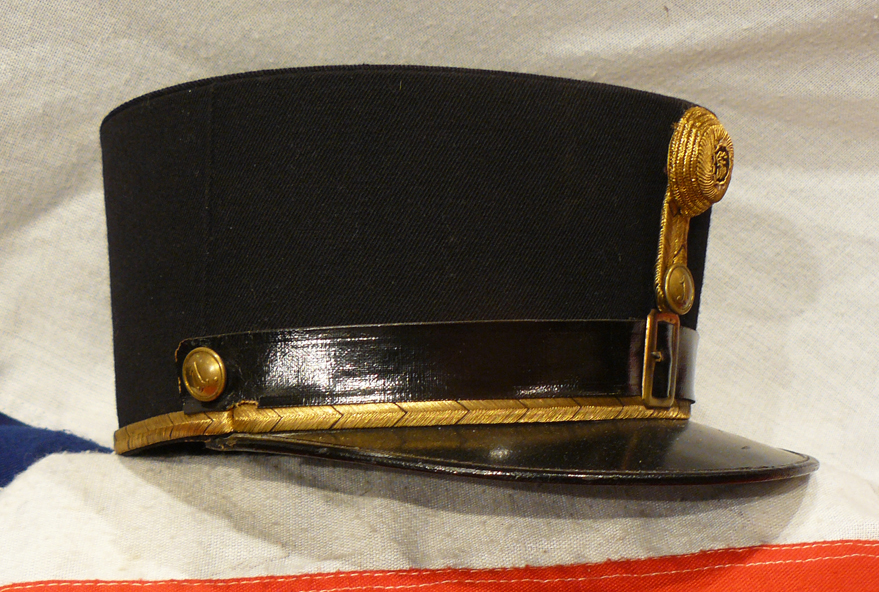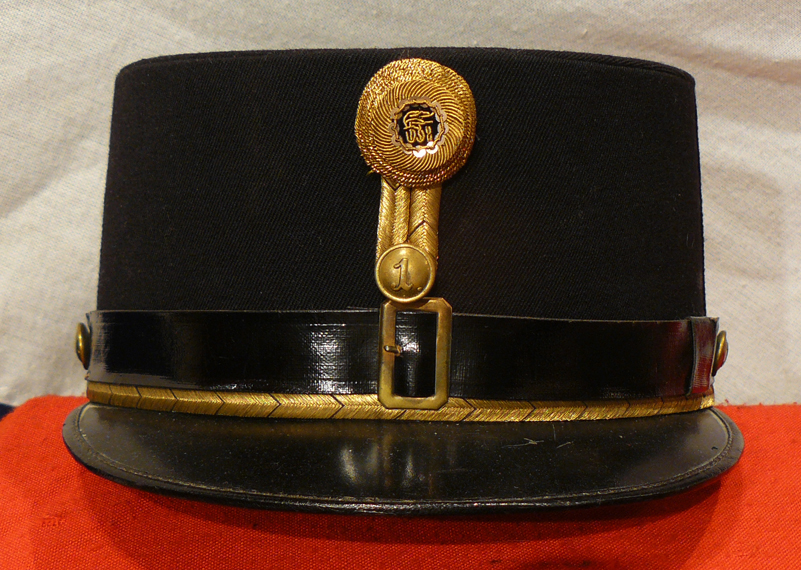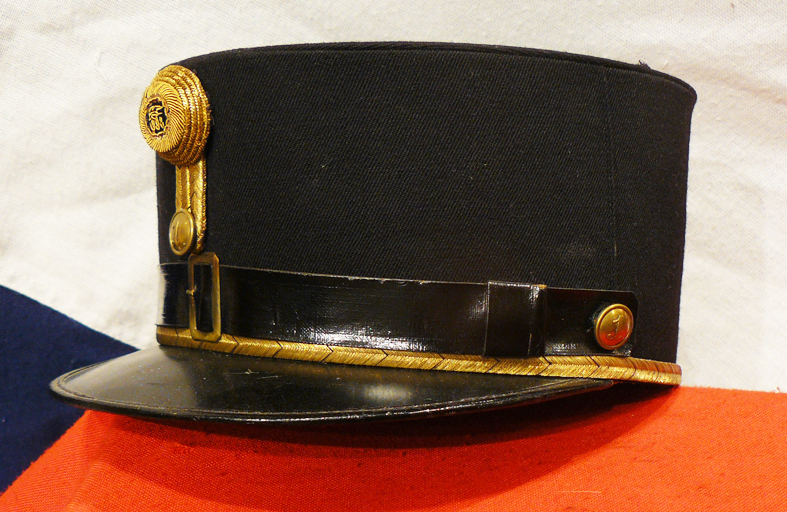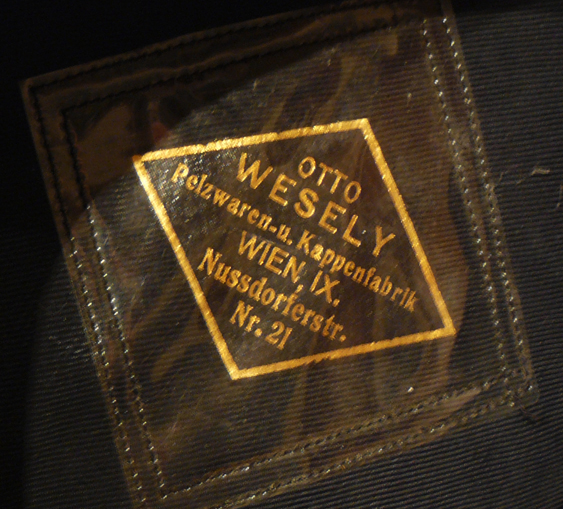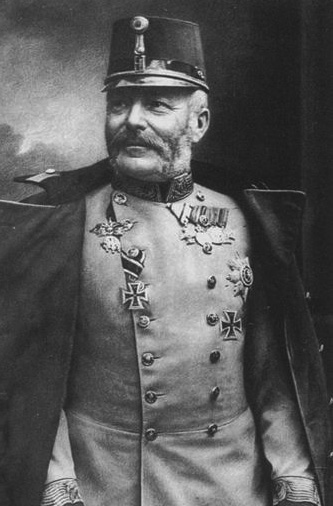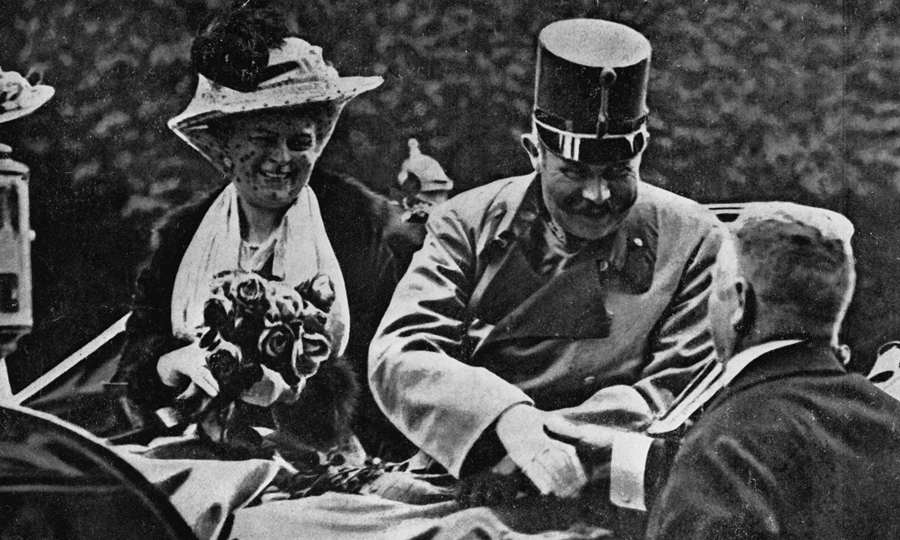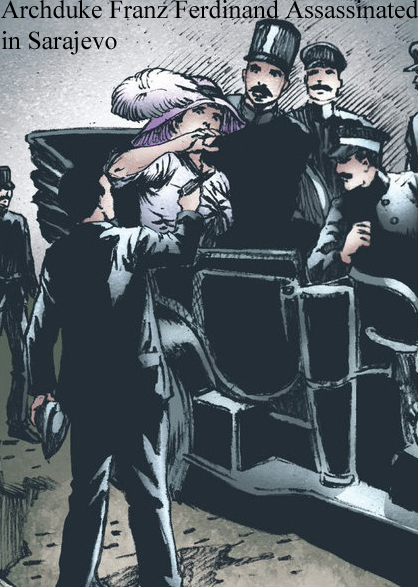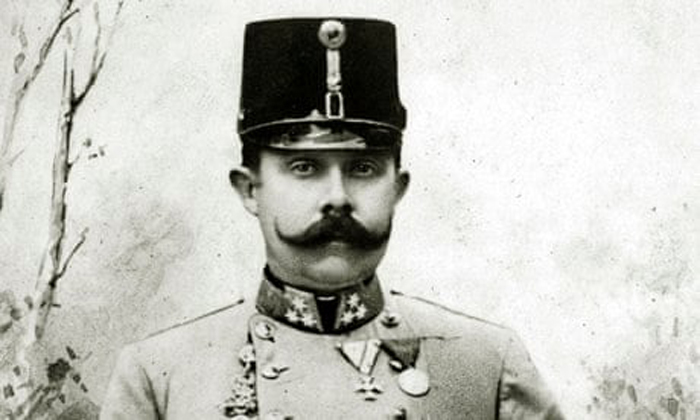A Very Good, Rare, 1910-1918 Historically Significant General's WW1 Austrian Kepi Service Cap
In superb condition. Photos in the gallery of Archduke Franz Ferdinand wearing his identical general's cap. An Austrian general's cap for a general that was serving at the time that Archduke Ferdinand was assassinated that ultimately was the direct cause of WW1.
It is even feasible he may have been on the Arch Duke's staff when he was killed.
Austro-Hungary was the dominant junior partner of the Central Powers, controlled by Imperial Germany and the Kaiser in WW1. With leather peak and bullion cockade and bullion trim. Maker label marked. It was the assassination of Arch Duke Franz Ferdinand heir to the throne of the Austro Hungarian Empire in Serbia that was the cause for the greatest conflict known to man, The Great War or WW1 as it is known today. Franz Ferdinand (18 December 1863 - 28 June 1914) was an Archduke of Austria-Este, Austro-Hungarian and Royal Prince of Hungary and of Bohemia, and from 1896 until his death, heir presumptive to the Austro-Hungarian throne.
His assassination in Sarajevo precipitated Austria-Hungary's declaration of war against Serbia. This thus caused the Central Powers (including Germany and Austria-Hungary) and the Allies of World War I (countries allied with Serbia or Serbia's allies) to declare war upon each other, thus started, World War I.
After the death of Crown Prince Rudolf, Franz Joseph's nephew, Archduke Franz Ferdinand, became heir to the throne. On 28 June 1914, Franz Ferdinand and his morganatic wife, Countess Sophie Chotek, were assassinated on a visit to Sarajevo. When he heard the news of the assassination, Franz Joseph said that
"one has not to defy the Almighty. In this manner a superior power has restored that order which I unfortunately was unable to maintain."
While the emperor was shaken, and interrupted his vacation in order to return to Vienna, he soon resumed his vacation to his imperial villa at Bad Ischl. With the emperor five hours away from the capital, most of the decision-making during the "July Crisis" fell to Count Leopold Berchtold, the Austrian foreign minister, Count Franz Conrad von H?tzendorf, the chief of staff for the Austrian army, and the rest of the ministers. On 21 July, Franz Joseph was apparently surprised by the severity of the ultimatum that was to be sent to the Serbs, and expressed his concerns that Russia would be unwilling to stand idly by, yet he nevertheless chose to not question Berchtold's judgment. A week after the ultimatum, on 28 July, Austria-Hungary declared war on Serbia, and two days later, the Austro-Hungarians and the Russians went to war. Within weeks, the French and British entered the fray. Because of his age, Franz Joseph was unable to take as much as an active part in the war in comparison to past conflicts. On 28 July, the Austro-Hungarians fired the first shots in preparation for the invasion of Serbia.
As Russia mobilised, Germany invaded neutral Belgium and Luxembourg before moving towards France, leading Britain to declare war on Germany. After the German march on Paris was halted, what became known as the Western Front settled into a battle of attrition, with a trench line that would change little until 1917. Meanwhile, on the Eastern Front, the Russian army was successful against the Austro-Hungarians, but was stopped in its invasion of East Prussia by the Germans. In November 1914, the Ottoman Empire joined the war, opening fronts in the Caucasus, Mesopotamia and the Sinai. Italy and Bulgaria went to war in 1915, Romania in 1916, and the United States in 1917.
The war approached a resolution after the Russian government collapsed in March 1917, and a subsequent revolution in November brought the Russians to terms with the Central Powers. On 4 November 1918, the Austro-Hungarian empire agreed to an armistice. After a 1918 German offensive along the western front, the Allies drove back the Germans in a series of successful offensives and began entering the trenches. Germany, which had its own trouble with revolutionaries, agreed to an armistice on 11 November 1918, ending the war in victory for the Allies.
A group photo in the gallery of men wearing similar helmets probably belong to the k.u.k. Husarenregiment Graf von Hadik Nr. 3, which was founded in 1703. The men of this unit came from Hungary, Romania, Serbia and Croatia. This unit was based in Sopron (today in Hungary), where this picture was taken. Another very similar cap is worn by Frederic de Teschen, Arch Duke of Austria, Duc de Teschen.
Code: 22599

